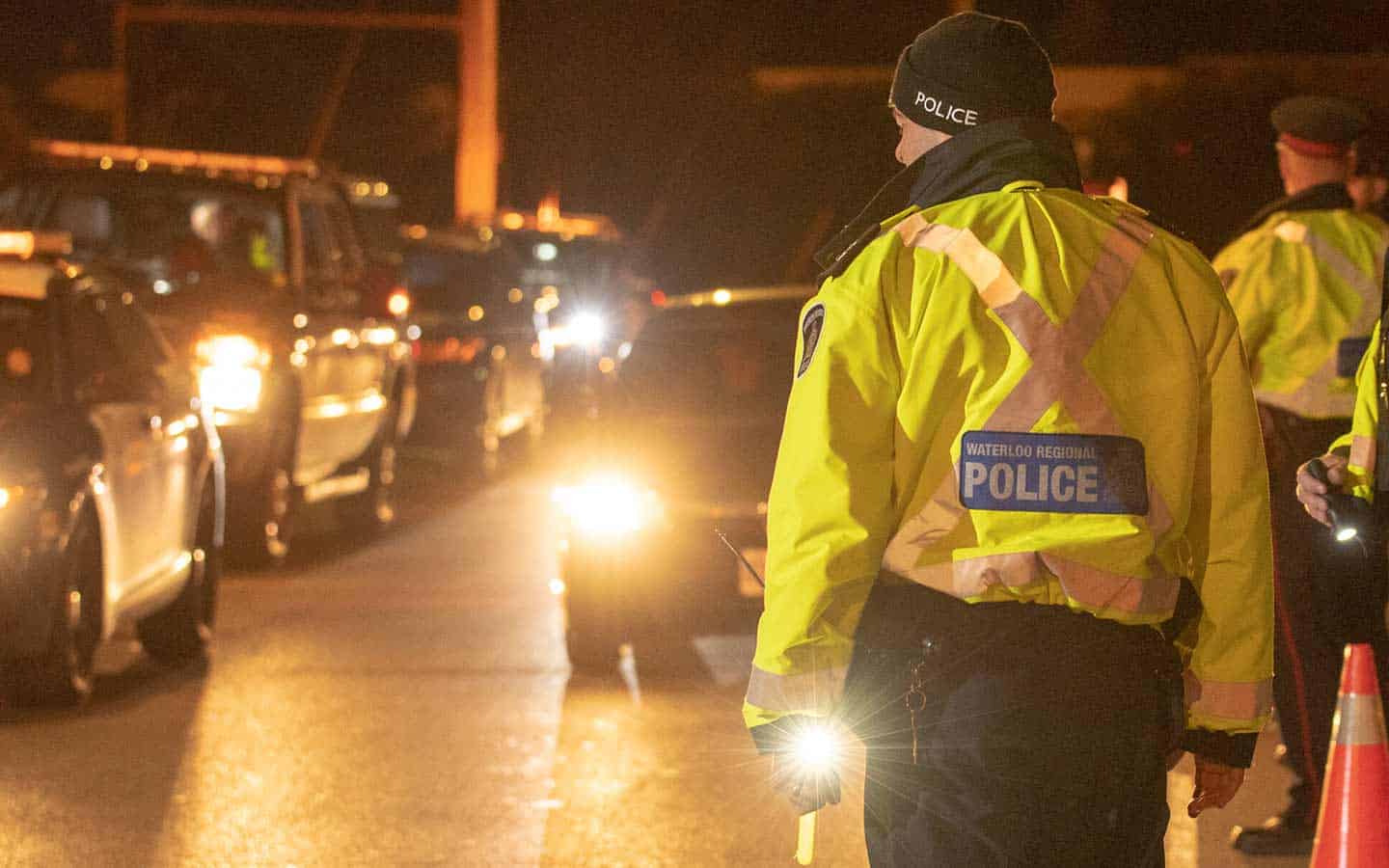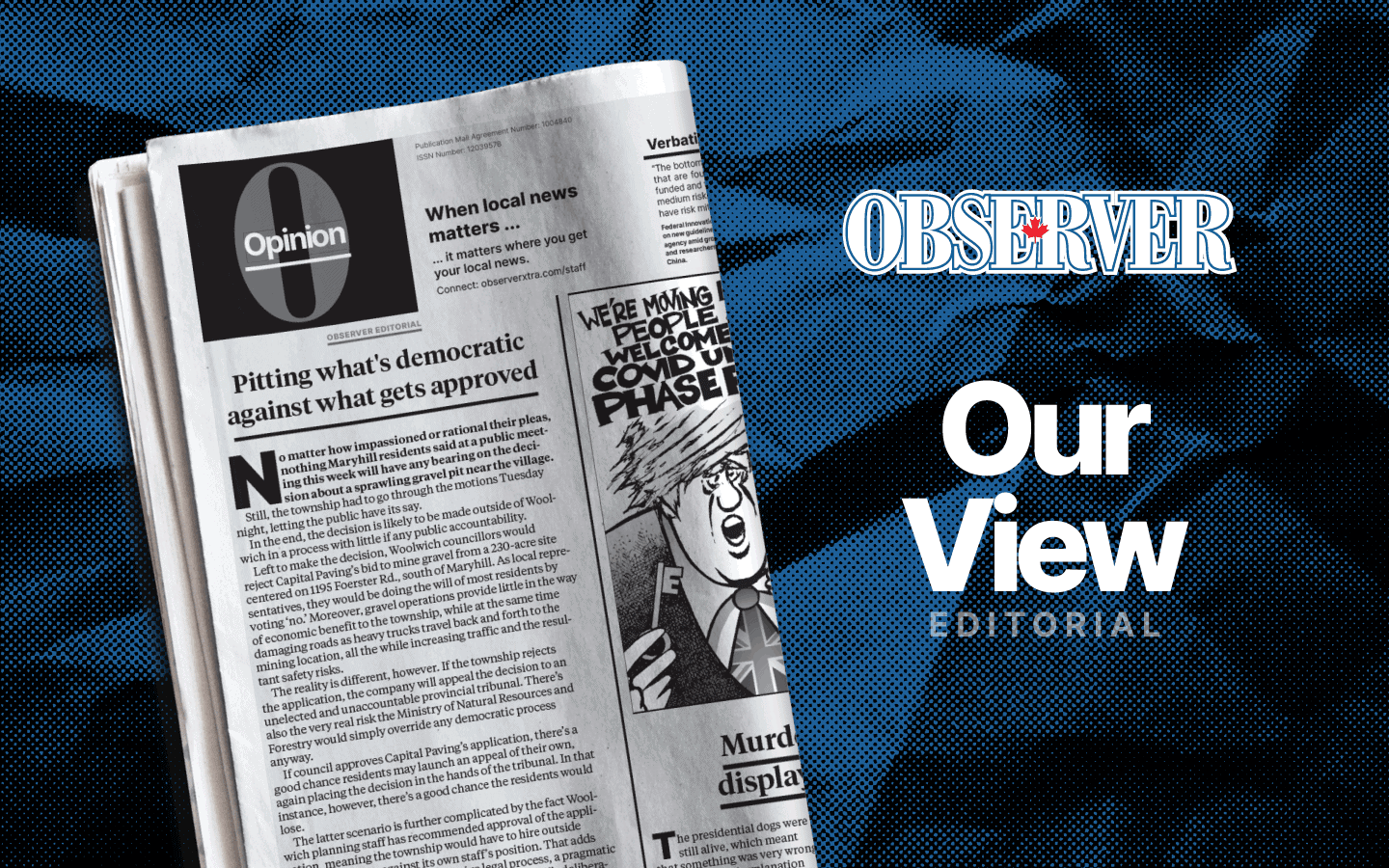;
;
;

Woolwich’s largely rookie council – only the mayor returned from the previous term, while Coun. Bonnie Bryant served previously – got a crash course in budget-ease Monday night, the first in a series of deliberations around the 2023 budget. Just weeks into the position, they’ve had a large, sometime
Last updated on May 03, 23
Posted on Jan 12, 23
3 min read
